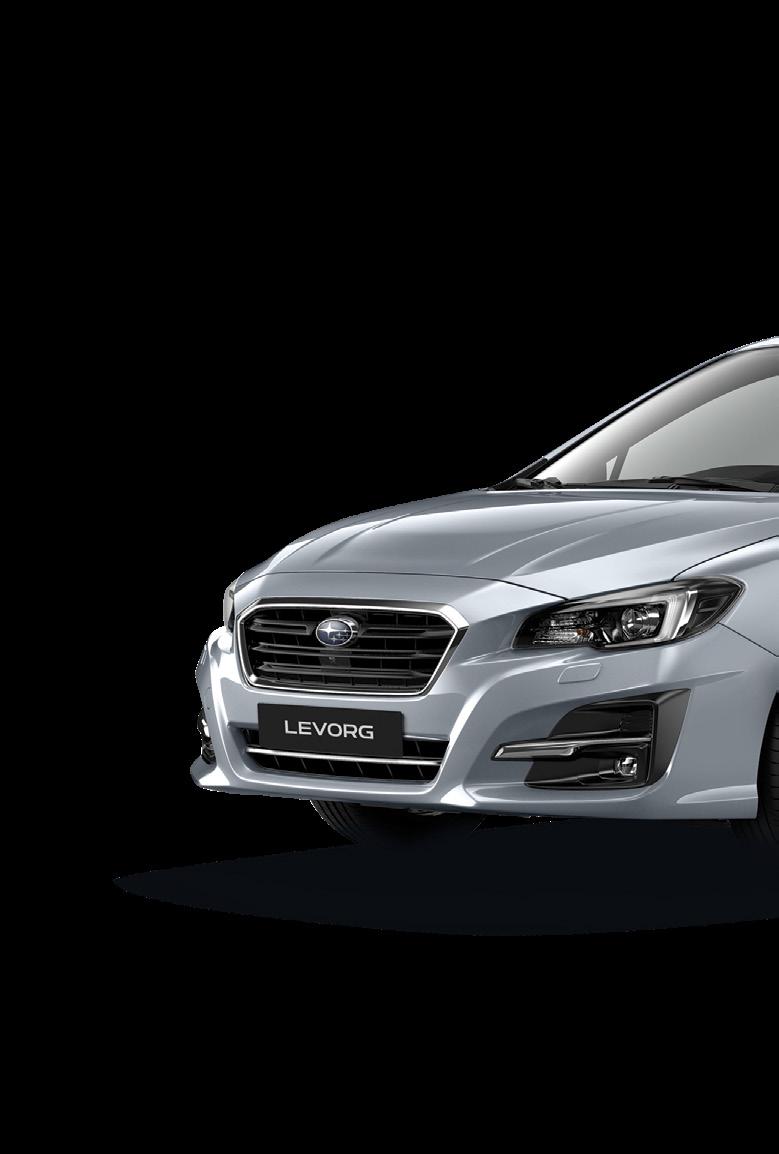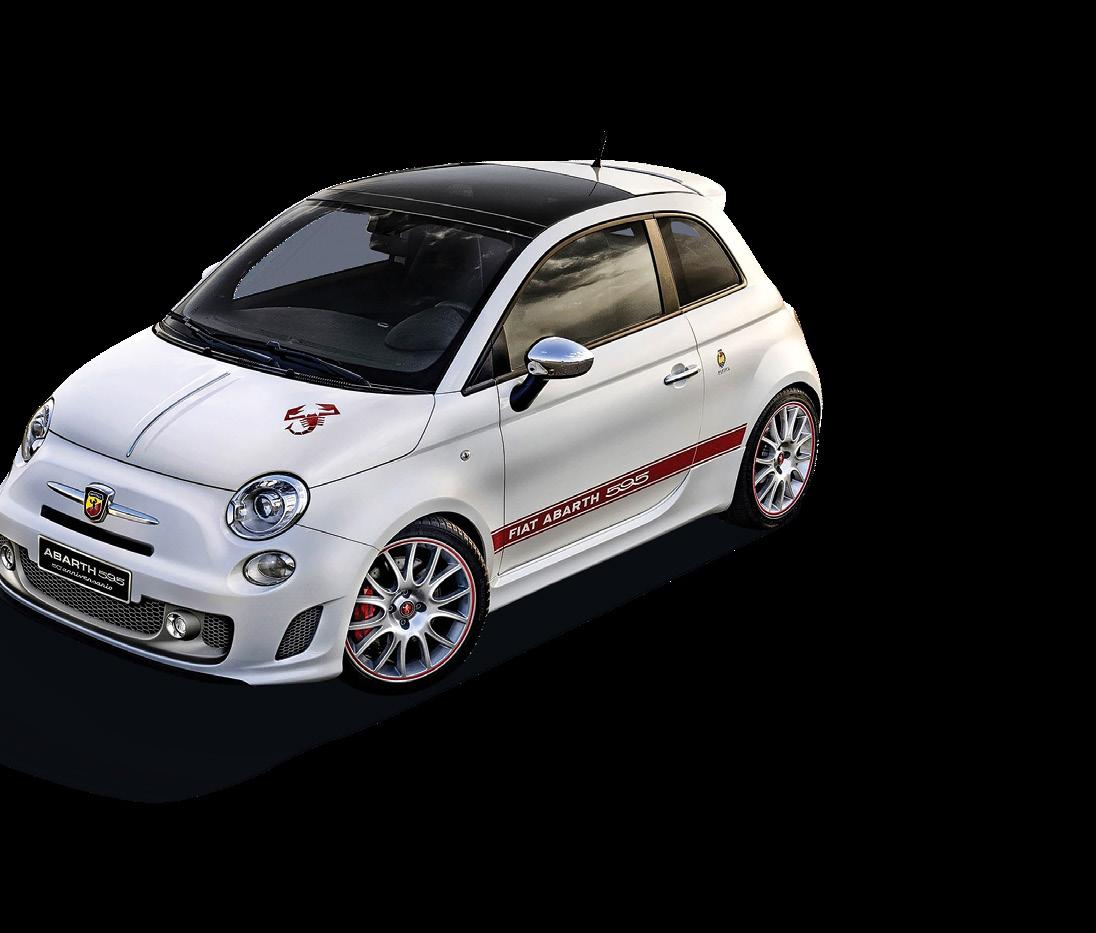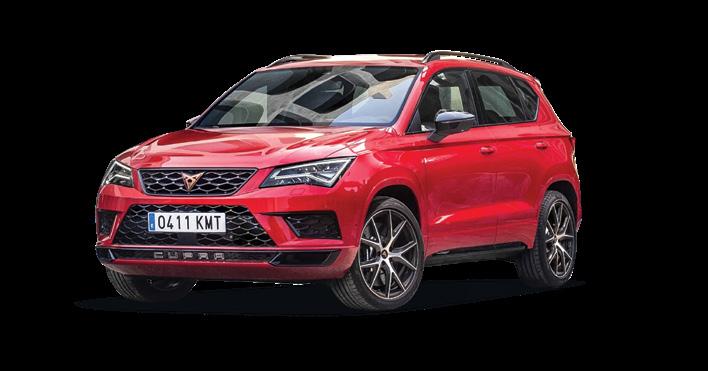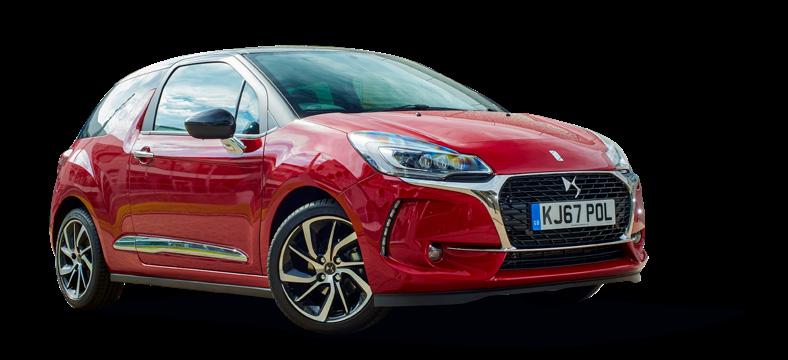
7 minute read
Investigation: Dying brands
INVESTIGATION Going, going, gone – but it isn’t all gloom and doom for brands
Following Mitsubishi’s announcement that it was freezing new model launches for the European market, we look at the brands most likely to go, those that have already gone – and those merrily bucking the trend.
Mitsubishi shocked the industry when it said it would halt all new model launches in Europe for the foreseeable future.
Parent company Mitsubishi Motors Corp reported a loss of 176.16bn yen (circa £1.3bn) for the first quarter of 2020 against a 9.31bn yen (£68.7m) profit for the same period in 2019, while the cost of meeting Euro 7 regulations was seen as a commitment it could no longer justify based on its sales volumes across the continent. Instead, it will be looking to focus more on its core business area of the Association of Southeast Asian Nations region as it looks to cut costs by 20 per cent.
The news took Mitsubishi’s importers and dealers by surprise and looks like it will sound the death knell for the UK operation of the company – not least because its sales have already slumped by nearly 50 per cent year on year following three successive annual declines.


Mitsubishi 90%chance of demise
For a short while, Mitsubishi enjoyed a position as an innovator, with its Outlander PHEV leading the popularisation of plug-in hybrid technology. The SUV was the best-selling PHEV for three years, but as more mainstream and arguably more desirable competitors caught up, the Outlander became less desirable and ultimately grew outdated. Aside from that, the below-par and slow-selling Mirage and curious but all-too-quirky ASX crossover were not enough to deliver the sales volume needed to stay in the market. The L200 pick-up is the only Mitsubishi model to remain class-competitive, but the cost of re-engineering it for Euro 7 could well force its demise. If not, it’s likely to remain the only Mitsubishi on sale here, with the importer, Colt Car Company, already looking at alternative brands with which to support its network.
Subaru 50%chance of demise
While Subaru’s importer, International Motors, remains upbeat about the brand’s future, the dealer network isn’t quite as convinced, despite an improvement in NFDA survey results in 2018, where it climbed 12 places.
Until recently, Subaru simply didn’t have the product to make sales in the UK work properly – the oddball Levorg, mediocre Impreza, adequate XV and fun-but-specialist BRZ weren’t enough to deliver the market share it needed, and while the announcement of hybrid models will help fill the gap, the brand’s WRC-winning heyday is a sadly distant memory. Existing customers are fiercely loyal, but new ones are getting increasingly rare.
DS 30%chance of demise
Before lockdown hit the car market square on the jaw, owner PSA was making noises about a long-term commitment and growth plan for its sub-premium DS brand.
More recently, brand boss Alain Descat told Car Dealer that it was ‘here to stay’ and that it was possibly a 20-to-25-year strategy that it needed to see real growth.
But PSA boss Carlos Tavares will be expecting to see the cash register ringing before the parent company truly commits – he’s renowned for being a turnaround man and has done wonders for Citroen, Peugeot and, latterly, Vauxhall-Opel. But with the three volume brands now facing huge bounceback challenges, DS could be a problem he doesn’t need.
Cupra 30%chance of demise
Tracking Cupra’s sales performance is tricky as registrations are still reported through Seat, but the Spanish brand’s desire to have a performance spin-off might not last – VW Group has enough on its plate rebuilding sales across its portfolio in the wake of the pandemic while still handling legal action that goes back to the 2015 emissions scandal.
If Cupra doesn’t appear to be contributing big numbers to the brand’s performance, and with models such as the Ateca hardly recalling the glory days of Cupra as a model name as well as the Leon 180 building on BTCC success, it could be seen as a stretch too far and the name returning to being a trim level alone.
Smart 30%chance of demise
Smart has been on Daimler’s critical list for the past decade, ever since the novelty of the original City Coupe (latterly ForTwo) wore off. The larger ForFour has never caught on, and city car buyers of today seem far happier with a Fiat 500 or a Mini. The brand has a market share of just 0.25 per cent in the UK, which is barely enough to support a dealer network.





Abarth 10%chance of demise
Although it has a tiny market share in the UK (just 0.15 per cent so far in 2020), Abarth does have the advantage of only being sold alongside Fiat dealers, and the halo effect of the Abarth brand does at least give its models showroom appeal.
But as far as a new model strategy is concerned, there’s very little noise coming out of Italy. Could Abarth instead go back to being a performance trim level?
Brands that are on the up
While there are a few brands on the at-risk register, there are others that are continually bucking the trend. These two are definitely on the up.

MG
Doubters will doubt, but there’s no denying the figures shown by MG Motor, which has set itself an ambitious target of doubling its sales volumes by 2021. And given its performance in recent times, those figures are hard to ignore. At the end of July 2020, it was the only car brand in the UK to have seen growth, with registrations up over a third against 2019.
The new ZS and bigger HS have seen it make strong inroads into the crossover and small SUV market, the MG3 supermini’s recent facelift has kept sales strong and its seven-year warranty is a match for that of Kia, which built its reputation in the UK on the back of such a business model.
With a new EV estate car – the MG5 – imminent, the company wants to increase its market share in the fleet sector, while rumours of a new sports car due imminently are promising a strong halo effect. The dealer network is growing, and that’s because there’s money to be made.
SsangYong
South Korean brand SsangYong has just announced that it’ll be moving its HQ from Luton to Swindon to prepare for growth in the UK, so it’s clear that the company’s senior management have faith in its future performance.
Its range of SUVs and pick-ups is widely respected by owners and dealers, and the relatively small network is proving profitable. It certainly has the scope to grow, even in a challenging market.
The dodos
While the disappearance of car brands can come as a shock, it’s not uncommon. Here are five that have been and gone.
Daihatsu
The quirky Japanese brand was always a little bit different, so it was sad to see it go in 2013, with emissions and a lack of brand awareness being the main reasons.
Chevrolet
When GM first tried to sell Opel/Vauxhall in 2009, it loaded a huge amount of R&D cost into the Chevrolet brand, which it expected to pick up European volume. Then it kept the bigger brands. That meant the original Chevy business model of selling cheap ex-Daewoo cars at tantalising prices was ruined. By 2013, the discounts for dealers (and ultimately customers) just weren’t there, and while the cars were vastly improved, the demand for them wasn’t.
Saab
Dealers, customers and petrolheads are still sad about Saab, and with every right. It was an amazing brand, which fell victim to GM’s under-investment and poor management.
Rover
When MG Rover collapsed in 2005, it left a massive void in the heartland of the UK car industry, as well as a large, rudderless dealer network. But years of underwhelming product and a lack of investment made its collapse inevitable.
Chrysler
Chrysler tried and tried here as a discount brand with the Neon, a practical brand with the Voyager or a ‘character’ brand with the PT Cruiser and 300C. But by 2014, owner FCA had had enough. Jeep remained, but the Chrysler brand was dropped from the market.










